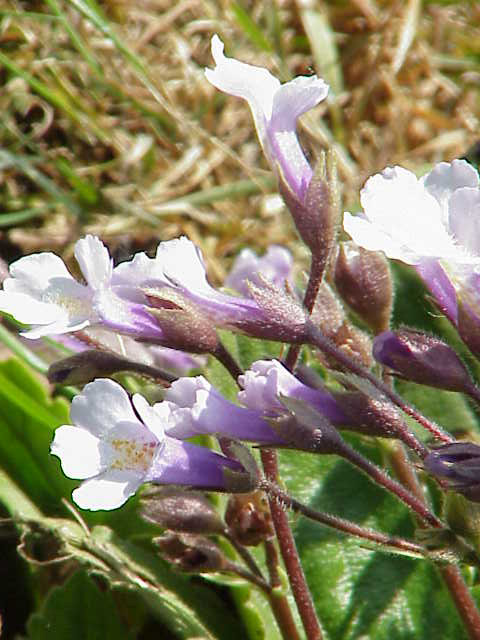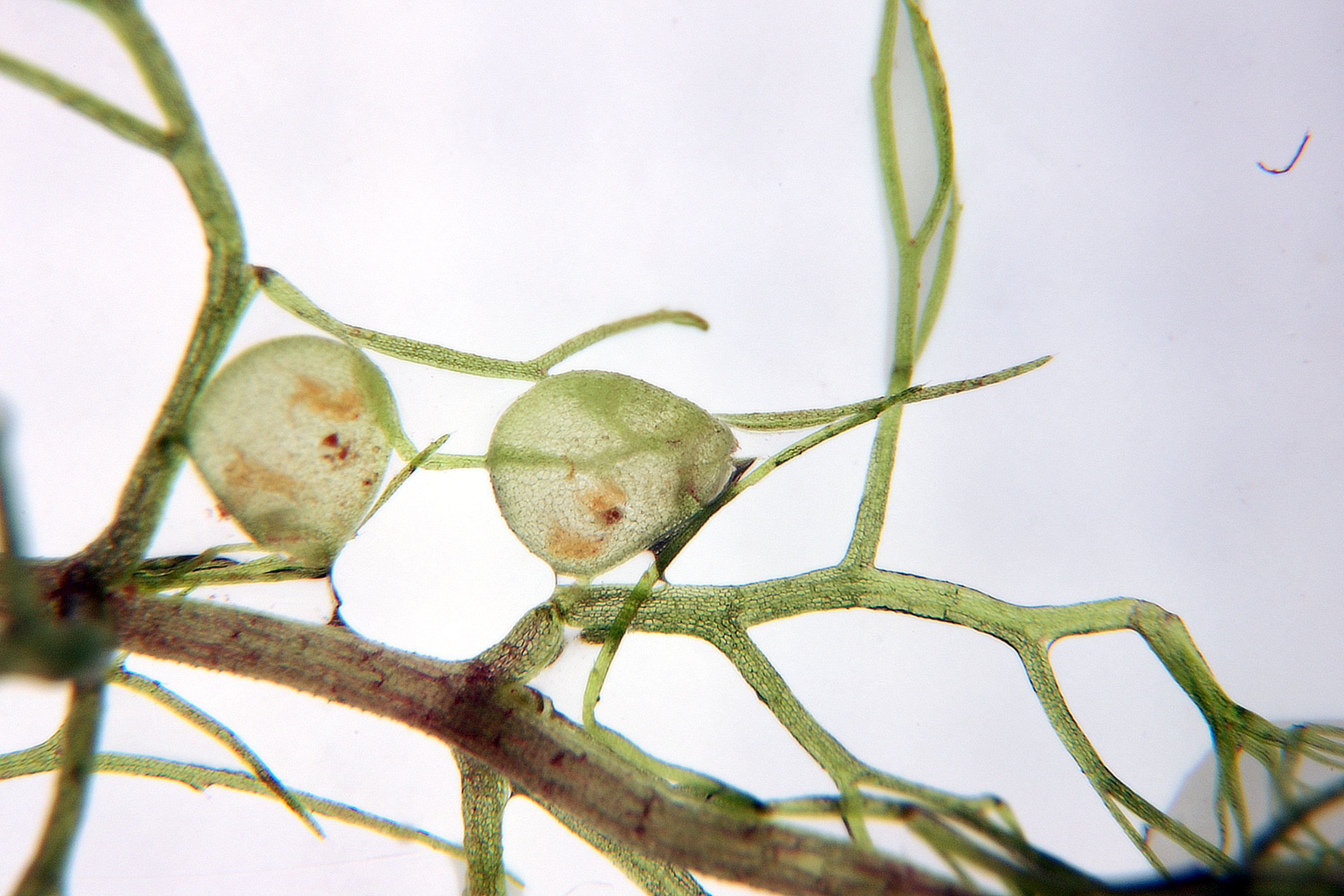|
Gesneriaceae
Gesneriaceae, the gesneriad family, is a family (biology), family of flowering plants consisting of about 152 genera and ca. 3,540 species in the tropics and subtropics of the Old World (almost all Didymocarpoideae) and the New World (most Gesnerioideae), with a very small number extending to temperate areas. Many species have colorful and showy flowers and are cultivated as ornamental plants. Etymology The family name is based on the genus ''Gesneria'', which honours Switzerland, Swiss naturalist and humanism, humanist Conrad Gessner. Description Most species are herbaceous plant, herbaceous perennial plant, perennials or subshrubs but a few are woody shrubs or small trees. The phyllotaxy is usually opposite and decussate, but leaves have a spiral or alternate arrangement in some groups. As with other members of the Lamiales the flowers have a (usually) zygomorphic corolla whose petals are fused into a tube and there is no one character that separates a gesneriad from any o ... [...More Info...] [...Related Items...] OR: [Wikipedia] [Google] [Baidu] |
Streptocarpus Sect
''Streptocarpus'' ("twisted fruit" from Greek στρεπτός (''streptos'') "twisted" and καρπός (''karpos'') "fruit") is an Afrotropical genus of flowering plants in the family Gesneriaceae. The genus is native to Afromontane biotopes from central, eastern and southern Africa, including Madagascar and the Comoro Islands. The flowers are five-petalled, salverform tubes, almost orchid-like in appearance, and hover or arch over the plant, while the pointed, elongate fruit is of a helical form similar to that of the "tusk" of a narwhal. In the wild, species can be found growing on shaded rocky hillsides or cliffs, on the ground, in rock crevices, and almost anywhere the seed can germinate and grow. For the home, there are now many hybrids of various colours and forms available. Although generally referred to simply as "Streptocarpus" or "Streps", the common name for subgenus ''Streptocarpus'' is Cape primrose, referring to the nativity of several species to South Africa an ... [...More Info...] [...Related Items...] OR: [Wikipedia] [Google] [Baidu] |
Gesneria
''Gesneria'' is a genus of flowering plants in the family Gesneriaceae. It contains 62 species which are native to islands of the Caribbean. The genus is classified in the tribe Gesnerieae along with the genera '' Bellonia'', '' Pheidonocarpa'', and '' Rhytidophyllum''. ''Gesneria'' species are usually woody shrub A shrub or bush is a small to medium-sized perennial woody plant. Unlike herbaceous plants, shrubs have persistent woody stems above the ground. Shrubs can be either deciduous or evergreen. They are distinguished from trees by their multiple ...s or subshrubs, and (with the closely related '' Rhytidophyllum'') are unusual in the family in having alternately (rather than decussately) arranged leaves. A complete list of the accepted species and their synonyms can be found in the Smithsonian Institution's World Checklist of Gesneriaceae. The genus name honors Conrad Gessner. Species 62 species are accepted. *'' Gesneria acaulis'' *'' Gesneria alpina'' *'' Gesn ... [...More Info...] [...Related Items...] OR: [Wikipedia] [Google] [Baidu] |
Haberlea Rhodopensis0
''Haberlea'' is a monotypic genus of flowering plants in the family Gesneriaceae. The only member of this genus, ''Haberlea rhodopensis'', is endemic to parts of Bulgaria and a small part of northern Greece, especially in the Rhodope Mountains. Common names include Orpheus flower and resurrection plant because of the remarkable ability of ''Haberlea'' to survive very long periods of desiccation. The species is a stemless, evergreen perennial found in north-facing rocky habitats. Basal rosettes of dark green leaves bear trumpet-shaped flowers in shades of white, violet or purple in spring and summer. Despite the zygomorphic nectar-producing flowers (which are considered an ancestral character) and the overall trend in Gesneriaceae, resurrection plant is only rarely pollinated by bees and does not have specific pollinators. Rather its evolution has switched in the direction of providing pollen as a reward and generalisation of pollinating insects - a trend that is observed in the o ... [...More Info...] [...Related Items...] OR: [Wikipedia] [Google] [Baidu] |
Gesnerioideae
The Gesnerioideae are a subfamily of plants in the family Gesneriaceae: based on the type genus ''Gesneria''. Although genera typically originate in the New World, some species have become widely distributed as ornamental plants. Description Gesnerioideae is one of two main subfamilies in the Gesneriaceae, the other being Didymocarpoideae. (The third subfamily, Sanangoideae, contains only the genus ''Sanango''.) Gesnerioideae seedlings have normal cotyledons of the same size and shape (isocotylous), whereas the cotyledons of Didymocarpoideae are usually, but not always, eventually different in size and shape (anisocotylous). Gesnerioideae flowers usually have four fertile stamens, rarely two or five. In other respects, Gesnerioideae species are very variable. The Ovary (botany), ovary may be superior, semi-inferior or inferior, and the fruit takes various forms. Taxonomy The original use of the name for the subfamily is attributed to Gilbert Thomas Burnett in 1835. Burnett divide ... [...More Info...] [...Related Items...] OR: [Wikipedia] [Google] [Baidu] |
Corytoplectus Capitatus
''Corytoplectus'' is a genus in the plant family Gesneriaceae. Plants from ''Corytoplectus'' are found in Bolivia, Brazil North, Colombia, Ecuador, Guyana, southwestern Mexico, Peru, Venezuela, in the cloud-forests of the high cordillera. The genus contains c. 12 species. The genus differs from the closely related '' Alloplectus'' in having an erect umbellate inflorescence and berries. The type species is '' C. capitatus''. Description ''Corytoplectus'' species are herbs or shrubs ranging from 0.5–2 m tall. The stems are erect and subquadrangular, but becoming quadrangular near the top. The fruit is a translucent berry A berry is a small, pulpy, and often edible fruit. Typically, berries are juicy, rounded, brightly colored, sweet, sour or tart, and do not have a stone or pit although many pips or seeds may be present. Common examples of berries in the cul ... with dark striate (with parallel longitudinal ridges or lines) seeds. The leaves have dark green upper surfaces ... [...More Info...] [...Related Items...] OR: [Wikipedia] [Google] [Baidu] |
Didymocarpoideae
The Didymocarpoideae are a subfamily of plants in the family Gesneriaceae. It was formerly the subfamily Cyrtandroideae. This subfamily consists mostly of Tropics, tropical and Subtropics, subtropical Old World genera, found in Africa, Asia and the Pacific. One species (''Rhynchoglossum azureum'') is native to Central and South America. Description Didymocarpoideae is one of two main subfamilies in the Gesneriaceae, the other being Gesnerioideae. (The third subfamily, Sanangoideae, contains only the genus ''Sanango''.) Didymocarpoideae seedlings usually have cotyledons which become different in size and shape (anisocotylous). One cotyledon ceases to grow at some point and then withers away. The other continues to grow, and in extreme cases may grow to become very large and be the only leaf on the plant (''Monophyllaea'', some ''Streptocarpus''). Didymocarpoideae flowers usually have two fertile stamens, less often four and rarely one or five. The Ovary (botany), ovary is always ... [...More Info...] [...Related Items...] OR: [Wikipedia] [Google] [Baidu] |
Scrophulariaceae
The Scrophulariaceae are a family of flowering plants, commonly known as the figwort family. The plants are annual and perennial herbs, as well as shrubs. Flowers have bilateral (zygomorphic) or rarely radial (actinomorphic) symmetry. The Scrophulariaceae have a cosmopolitan distribution, with the majority found in temperate areas, including tropical mountains. The family name is based on the name of the included genus ''Scrophularia'' L. Taxonomy In the past, it was treated as including about 275 genera and over 5,000 species, but its circumscription has been radically altered since numerous molecular phylogenies have shown the traditional broad circumscription to be grossly polyphyletic. Many genera have recently been transferred to other families within the Lamiales, notably Plantaginaceae and Orobanchaceae, but also several new families. - on linhere/ref> Several families of the Lamiales have had their circumscriptions enlarged to accommodate genera transferred from ... [...More Info...] [...Related Items...] OR: [Wikipedia] [Google] [Baidu] |
Calceolariaceae
Calceolariaceae is a family of flowering plants in the order Lamiales that has been recently segregated from Scrophulariaceae. The family includes three genera, '' Calceolaria'', '' Porodittia'', and '' Jovellana'', but analysis suggests that the monotypic ''Porodittia'' should be placed within ''Calceolaria''.Andersson, S. 2006. On the phylogeny of the genus ''Calceolaria'' (Calceolariaceae) as inferred from ITS and plastid ''matK'' sequences. ''Taxon'' 55: 125-137abstract. Recent molecular phylogenies that included ''Calceolaria'' have shown not only that this genus does not belong in Scrophulariaceae (or any of the numerous families recently segregated from Scrophulariaceae) but also that it is the sister clade to the majority of the other families of the Lamiales. Morphological and chemical characters also support the separation of Calceolariaceae from Scrophulariaceae and other Lamiales. Some recent studies have supported a sister-group relationship between Calceolariace ... [...More Info...] [...Related Items...] OR: [Wikipedia] [Google] [Baidu] |
Lamiales
The Lamiales (also known as the mint order) are an order of flowering plants in the asterids clade of the Eudicots. Under the APG IV system of flowering plant classification the order consists of 24 families, and includes about 23,810 species and 1,059 genera with representatives found all over the world. Well-known or economically important members of this order include aromatic, culinary, and medicinal herbs such as basil, mint, rosemary, sage, savory, marjoram, oregano, hyssop, thyme, lavender, perilla, lemon verbena, catnip, bee balm, wild dagga, and oriental motherwort, as well as olives, ash trees, teak, foxgloves, lilacs, jasmine, snapdragons, African violets, Jacarandas, Paulownias, butterfly bushes, sesame, and psyllium. Description Plant species within the order Lamiales are eudicots and are herbaceous or have woody stems. Zygomorphic flowers are common, having five petals with an upper lip of two petals and lower lip of three petals, but ... [...More Info...] [...Related Items...] OR: [Wikipedia] [Google] [Baidu] |
Streptocarpus Ionanthus
''Streptocarpus ionanthus'' (Synonym (taxonomy), synonym ''Saintpaulia ionantha'') is a species of ''Streptocarpus'' in the section ''Streptocarpus sect. Saintpaulia, Saintpaulia'', commonly known as an African violet. It is native to eastern and southwestern Tanzania. Infraspecific taxa , ''Plants of the World Online'' accepted the following subspecies and varieties. Many have previously been treated as separate species in the no longer recognized genus ''Saintpaulia''. *''Streptocarpus ionanthus'' var. ''diplotrichus'' (B.L.Burtt) Christenh. (syn. ''Saintpaulia diplotricha'') *''Streptocarpus ionanthus'' subsp. ''grandifolius'' (B.L.Burtt) Christenh. (syn. ''Saintpaulia grandifolia'') *''Streptocarpus ionanthus'' subsp. ''grotei'' (Engl.) Christenh. (syn. ''Saintpaulia amaniensis'', ''Saintpaulia confusa'', ''Saintpaulia difficilis'', ''Saintpaulia grotei'', ''Saintpaulia magungensis'') *''Streptocarpus ionanthus'' subsp. ''mafiensis'' (I.Darbysh. & Pócs) Christenh. *''Strepto ... [...More Info...] [...Related Items...] OR: [Wikipedia] [Google] [Baidu] |
Flowering Plant
Flowering plants are plants that bear flowers and fruits, and form the clade Angiospermae (). The term angiosperm is derived from the Ancient Greek, Greek words (; 'container, vessel') and (; 'seed'), meaning that the seeds are enclosed within a fruit. The group was formerly called Magnoliophyta. Angiosperms are by far the most diverse group of Embryophyte, land plants with 64 Order (biology), orders, 416 Family (biology), families, approximately 13,000 known Genus, genera and 300,000 known species. They include all forbs (flowering plants without a woody Plant stem, stem), grasses and grass-like plants, a vast majority of broad-leaved trees, shrubs and vines, and most aquatic plants. Angiosperms are distinguished from the other major seed plant clade, the gymnosperms, by having flowers, xylem consisting of vessel elements instead of tracheids, endosperm within their seeds, and fruits that completely envelop the seeds. The ancestors of flowering plants diverged from the commo ... [...More Info...] [...Related Items...] OR: [Wikipedia] [Google] [Baidu] |
Ramonda Myconi MHNT
Ramonda may refer to: * ''Ramonda'' (fly), a subgenus in the family Tachinidae * ''Ramonda'' (plant), a genus in the family Gesneriaceae * Ramonda (character), stepmother of the Marvel Comics superhero Black Panther A black panther is the Melanism, melanistic colour variant of the leopard (''Panthera pardus'') and the jaguar (''Panthera onca''). Black panthers of both species have excess black pigments, but their typical Rosette (zoology), rosettes are al ... * "Ramonda" (song), a 2024 song by Teya Dora {{Disambiguation, genus ... [...More Info...] [...Related Items...] OR: [Wikipedia] [Google] [Baidu] |




